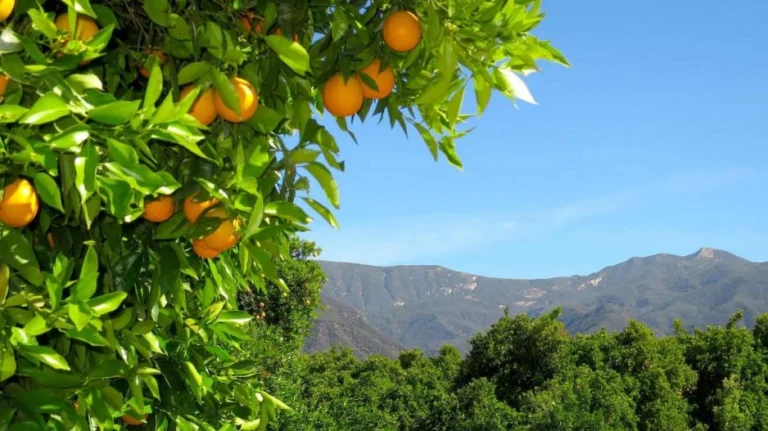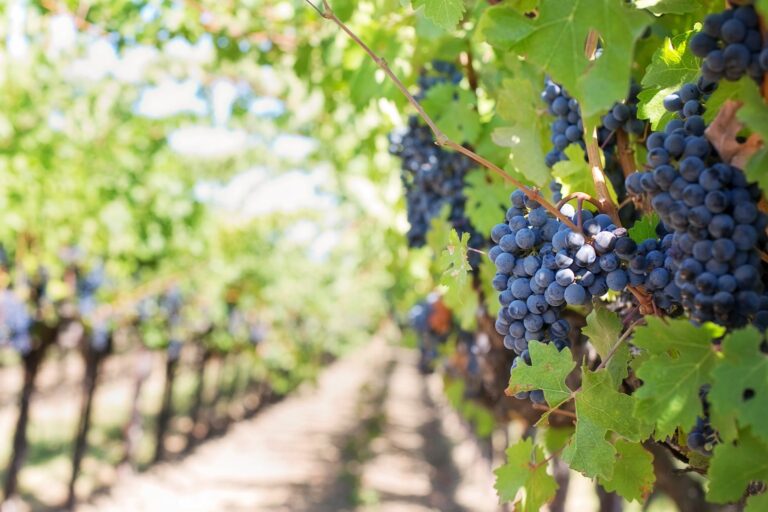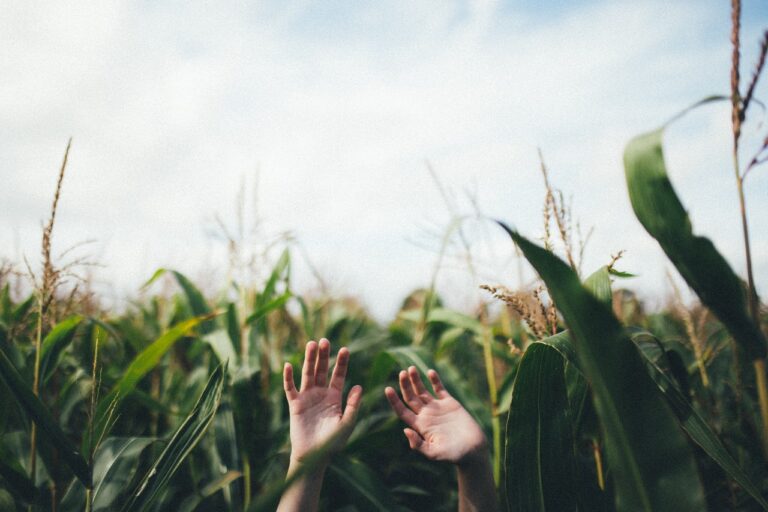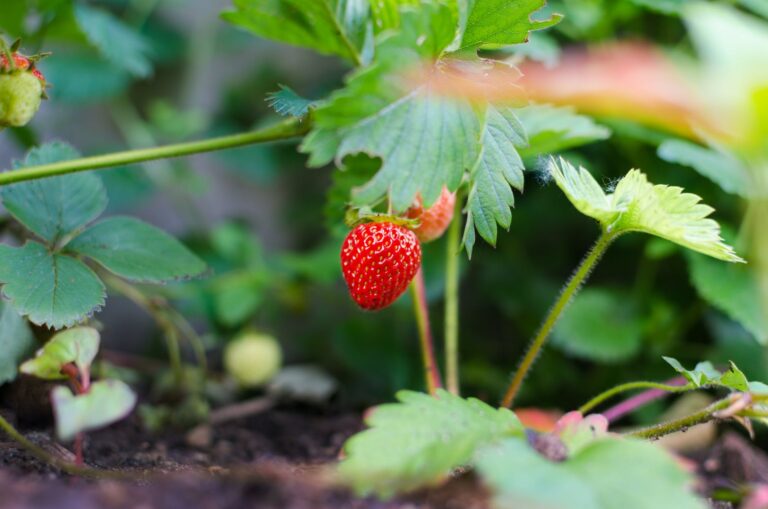Grow Bags: A Comprehensive Guide to Portable Gardening in Kenya
Growing plants is a great way to beautify your home, but it isn’t always easy. Traditional pots can be heavy, expensive, and hard to move around as needed. That’s where Grow Bags Kenya comes in!
Grow Bags in Kenya provides gardeners with a flexible and affordable solution for growing plants of all types. Whether you have limited space or just want the freedom to move your plants around as needed, grow bags are an excellent choice.
With Grow Bags in Kenya, you can grow healthy plants with ease and convenience. Say goodbye to heavy pots that break the bank and hello to a world of gardening possibilities.
The Purpose of Grow Bags Kenya
Grow Bags Kenya aims to help gardeners achieve their goals by providing high-quality grow bags at reasonable prices. These bags are specially designed to provide superior drainage and aeration for healthy plant growth. At Grow Bags Kenya, we believe that everyone should have access to the tools they need to grow beautiful plants.
That’s why we offer a wide range of grow bags in different sizes and materials – so you can choose what works best for you. Whether you’re an experienced gardener or just starting out, using grow bags is an excellent way to nurture your green thumb.
With our help, anyone can learn how to use grow bags effectively and enjoyably! So why not give it a try?
Benefits of using Grow Bags
Portability and Flexibility
One of the biggest benefits of using grow bags is that they’re incredibly portable and flexible. Whether you have a small balcony, a rooftop garden, or just want to move your plants around your yard to maximize sun exposure, grow bags make it easy to do so. They’re lightweight, easy to move, and can be rearranged as needed.
Better Drainage and Aeration for Roots
Grow bags are designed with better drainage and aeration for roots than traditional pots or containers. This means that excess water can drain away from the roots more quickly, reducing the risk of root rot. Additionally, the fabric material allows air to circulate around the roots more efficiently, promoting healthy growth.
Cost-Effective Compared to Traditional Pots
While the initial cost of purchasing grow bags in Kenya may be slightly higher than traditional pots or containers, they’re actually much more cost-effective in the long run. Grow bags are reusable and will last for several growing seasons if cared for properly.
Additionally, because they promote healthier growth in plants due to their improved drainage and aeration capabilities, you may find that you need fewer fertilizers or other amendments over time. Overall, there are many benefits to using grow bags when it comes to gardening.
They offer increased flexibility and portability while also providing better drainage and aeration capabilities for your plants’ roots. Plus, they’re budget-friendly in comparison with traditional pots over time!
Types of Grow Bags Available in Kenya
Grow bags are becoming increasingly popular among urban farmers in Kenya due to their cost-effectiveness, flexibility, and portability compared to traditional pots or containers. There are different types of grow bags available in Kenya, including:
Fabric Grow Bags
Fabric grow bags are made from a breathable fabric material that allows for better drainage and aeration for plant roots. They come in different sizes and can be reused for multiple growing seasons.
Fabric grow bags are best suited for plants that require good drainage and aeration, such as herbs, vegetables, and flowers. These bags can be easily moved around to different locations according to your plant’s needs.
Plastic Grow Bags
Plastic grow bags come in various sizes and shapes, ranging from small pouches designed for individual plants to large sacks that can accommodate multiple plants. They are made of durable plastic material that can withstand harsh weather conditions. Plastic grow bags offer excellent water retention capabilities, making them ideal for water-loving plants such as tomatoes or cucumbers.
Biodegradable Grow Bags
Biodegradable grow bags are made of organic materials such as coconut coir or peat moss. These materials break down over time, allowing the roots of the plant to penetrate the bag as they decompose into the soil. Biodegradable grow bags provide an eco-friendly option for gardeners who want to reduce their carbon footprint while still enjoying fresh produce.
No matter which type of grow bag you choose, it is essential to select the right size and material based on your plant’s needs and environmental conditions. In the next section we will discuss how to choose the appropriate size of your bag based on factors like cost of grow bags in Kenya.
Choosing the Right Size and Material for Your Plants
Factors to Consider When Selecting the Size of a Grow Bag
When selecting the size of your grow bag, it is essential to consider the ultimate size of your plant. To ensure proper growth and development, you need to choose a grow bag that is large enough to accommodate your plant’s roots.
If your grow bag is too small, it can restrict root growth, leading to stunted plants and reduced yields. On the other hand, if you choose an excessively large grow bag, it can lead to overwatering problems and make it difficult for plants to establish a strong root system.
How to Choose the Right Material Based on Plant Type and Environmental Conditions
The material you choose for your grow bags will depend on several factors such as the type of plant you intend to grow and environmental conditions. For instance, fabric grow bags are ideal for plants that require good drainage because they allow air circulation around the roots.
They’re also excellent for outdoor gardening or balcony gardening because they are lightweight and easy to move around. Plastic grow bags are an inexpensive option that provides excellent insulation properties but should be avoided in hot climates where they can trap heat inside the container.
Ultimately, when choosing between materials like fabric or plastic, consider what works best for your unique needs – this includes cost of grow bags in Kenya or elsewhere – as well as how you plan on using them (e.g., how often will they be moved around). When choosing a size or material for your Grow Bags Kenya container garden project, think about what might work best based on what plants need most: good drainage (fabric), insulation (plastic), etc., then select an appropriately sized container accordingly!
Preparing Your Grow Bag for Planting
Steps to Take Before Filling Your Grow Bag with Soil
Before you start filling your grow bag with soil, there are a few essential steps to take. First, ensure that the grow bag is clean and free from any debris or dust.
This will prevent any harmful bacteria from growing inside the bag and infecting your plants. You can do this by wiping down the inside surface of the bag with a damp cloth or spraying it down with water.
Next, make sure that your grow bag is situated in an area that receives enough sunlight for your plants’ needs. Most plants require at least six hours of sunlight per day, so make sure you choose an appropriate location for your grow bags.
Adding Fertilizers and Other Amendments
Once you have prepared your grow bags, it’s time to add fertilizers and other amendments to promote healthy plant growth. Since the soil in grow bags can become depleted quickly, it’s important to add nutrients to keep them thriving.
One great option is organic compost, which provides essential nutrients like nitrogen and phosphorus. You can also mix in other ingredients like worm castings or bone meal to create a nutrient-rich blend.
When adding fertilizers or amendments, make sure not to overdo it. Too much of anything can be harmful to your plants!
A general rule of thumb is one-third compost for every two-thirds potting mix. By following these simple steps on how to prepare your grow bags for planting and adding fertilizers and other amendments correctly, you’ll set yourself up for success when growing healthy plants in bags!
Planting in a Grow Bag
Best Practices for Planting Seeds or Seedlings in a Grow Bag
When it comes to planting in grow bags, there are a few best practices that you should follow to ensure healthy growth and development of your plants. First, choose high-quality soil that is well-draining and fertile.
Next, fill the grow bag with enough soil so that the plant’s roots will have ample room to expand. Avoid overfilling the bag as it will reduce the amount of air that gets to the roots.
If you’re planting seeds, follow their specific instructions regarding how deep they should be planted and how much water they need. As for seedlings, make sure not to bury them too deeply as it can restrict their growth.
Proper Watering Techniques
Proper watering is essential when it comes to using grow bags. Since they’re made from materials like fabric or plastic, they tend to dry out faster than traditional pots or containers.
As such, it’s important to keep your grow bags consistently moist but not water-logged. One way of ensuring proper watering is by monitoring the moisture levels using a moisture meter or stick your finger into the soil about an inch deep.
If it feels dry then it’s time for watering. It’s also important to note that different types of plants require varying amounts of water depending on factors such as humidity levels and environmental conditions.
Overall, when planting in grow bags, follow basic gardening principles such as providing appropriate sunlight exposure and fertilizing if necessary. By doing so, you’ll get great results with minimal effort and at a fraction of the cost of traditional pots available in Kenya!
Maintenance of Grow Bags
Pruning: Trim it Down!
One important aspect of maintaining healthy plants growing in a grow bag is pruning. Pruning is the process of removing dead, damaged or diseased parts of a plant. When plants are grown in bags, they tend to grow faster and produce more foliage than those grown in the ground.
Therefore, it is essential to prune regularly to keep them healthy and productive. A pair of good hand pruners or scissors can be used to cut off any overgrown branches or leaves that are blocking sunlight from reaching other parts of the plant.
Pest Control: Keep Bugs at Bay
Pests can quickly destroy an entire crop if not controlled early enough. The good news is that there are many natural ways to control pests without using harmful pesticides that may be detrimental to your health and the environment.
For example, you can use neem oil spray which contains natural insecticides that repel pests such as aphids, spider mites, and whiteflies. You can also introduce beneficial insects such as ladybugs or lacewings into your garden since they eat harmful pests like aphids.
Disease Management: Keep Plants Healthy
Plants grown in bags need extra care when it comes to disease management since they are more prone to diseases than those grown in the soil. To prevent diseases from spreading, avoid overcrowding plants in a bag and ensure they have adequate space for proper air circulation. Use clean tools when making any cuts on your plants since dirty tools can spread diseases from one plant to another easily.
Maintaining healthy plants growing in grow bags involves regular pruning, pest control measures as well as careful disease management practices. With these tips at your fingertips combined with knowledge on how to use grow bags you purchased at an affordable cost of grow bags in Kenya will no doubt ensure your plants thrive and produce a bountiful harvest.
Conclusion: Grow Bags Kenya – A Better Way to Grow
Recap of Benefits and Advantages
Grow Bags Kenya offers gardeners a cost-effective, portable, and flexible way to grow plants. By using grow bags, gardeners can enjoy better drainage and aeration for their plants’ roots, leading to healthier and stronger growth. With various types of grow bags available in Kenya – including fabric, plastic, and biodegradable options – it’s easy to choose the right size and material for any plant type or environmental conditions.
How to Use Grow Bags
One of the best things about using grow bags is how easy they are to use. Simply prepare your grow bag by filling it with soil and adding fertilizers or other amendments as needed.
When you’re ready, plant your seeds or seedlings in the soil-filled bag just as you would in a traditional pot or container. Water your plants regularly according to their needs – taking care not to overwater – and enjoy watching them thrive.
Cost of Grow Bags in Kenya
Compared to traditional pots or containers, grow bags are an affordable option for any gardener looking for an effective way to grow plants. In Kenya specifically, there are many options available at various price points depending on the type of bag you choose.
How to Grow Bag Seeds
When growing seeds in a grow bag, it’s important to follow best practices such as preparing the bag properly before planting, choosing the right size for your seeds’ needs, and watering carefully as they begin to sprout. With some patience and attention paid toward proper care techniques like these, you’ll find that growing from seed is just as successful (if not more so) than using seedlings!
How To Grow In Bags
Growing in bags is easy, fun and effective. By following the tips outlined in our article, you can grow vibrant, healthy plants without breaking the bank. Whether you’re an experienced gardener or just starting out, Grow Bags Kenya is a great choice for your next planting project.
Grow Bags Kenya offers gardeners a fantastic alternative to traditional pots or containers. With its many benefits – including portability, flexibility, better drainage and aeration for roots – it’s no wonder why more and more people are choosing to grow plants in bags.
Whether you’re looking to save money on gardening supplies or simply enjoy the ease of use that grow bags offer, we encourage you to give them a try. Happy growing!







